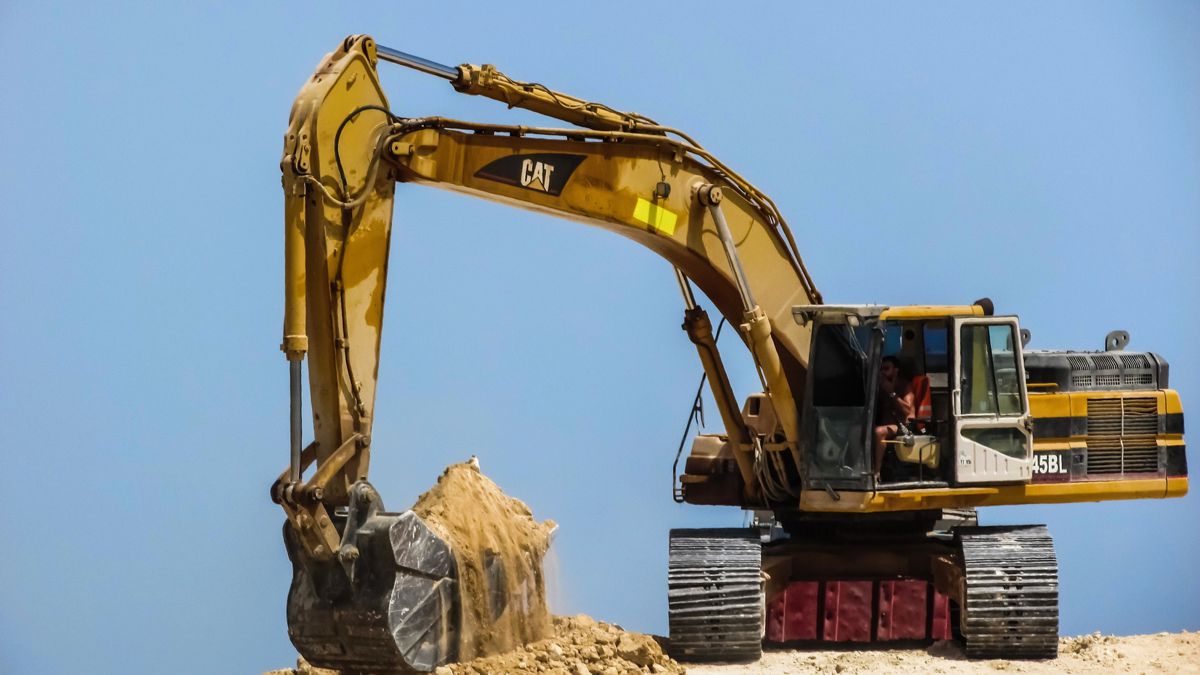The logistics behind second-hand Machine Auctions
Buying second-hand machines is a sensible way to enhance in-house operations. It enables buyers to extend the life cycle of machines while lowering CO2, in turn, protecting the environment. Second-hand machines in good condition can be commissioned right after arriving at their new home.
But how does one second-hand machine get from its old location to the new one?
The second-hand machine market boom
The current situation on the engineering market is tense. After two years dominated by the pandemic, the market at last seemed to be recovering at the start of 2022, before current geopolitical events exacerbated the situation once again. The new production of machines is facing increased roadblocks such as the shortage of raw materials. Buying a new machine therefore goes hand in hand with high costs and long waiting times. But anyone wanting to sell their used machines has the potential to benefit from this situation.
Currently, many business owners are discovering the benefits of second-hand machines for their own production operations, with the used machine market enjoying a new lease of life. When things are handled properly, high profits can be expected from sales.
Rely on the experts when selling your second-hand machines
The market is therefore open to the sale of second-hand machines, but many businesses are struggling to get started. They may not know any potential customers, or may be unaware of the right prices for the market, shying away from the elaborate sales and shipping process. It can be worthwhile to work with an expert here.
They know how to develop the real market value of the machines, create a sophisticated marketing concept and use an established platform to find a suitable buyer. Industrial auction houses such as Surplex can help to find a buyer and offer an all-inclusive service, including organising the shipping of your machines.
The logistics behind second-hand machine trading
A second-hand machine has found a new buyer. But what comes next? According to Simon Albrecht, Team Leader for Settlement and Specialist Logistics at Surplex, buyers usually fall into three categories. “Buyers who come from the seller’s region often pick up machines themselves. These are also the main reasons behind the bids. All that needs to be done here is to arrange a pick-up time,” explains Albrecht.
The second category of buyers work with their own carriers, who pick the machines up as soon as they are ready to be shipped. The third group of customers want to have transport organised for them due to a lack of options or time to do so themselves. Albrecht: “We then arrange shipping for these customers, as we work with a range of partners who can handle any type of transport. We are able to look back on many years of experience in this regard.”
Local competence – international network
With the support of package service providers for small items and groupage freight carriers for pallet goods, the machines can be sent all across Europe. Specialised carriers can also perform special transports all the way to providing overseas transport. The transport costs are calculated for large machines after disassembly and negotiated with our carriers on an up-to-date basis.
“The benefit for the customer is clear: Instead of having to contact a range of different suppliers and machine sellers, Surplex remains the sole point of contact and link between the disassembly team, carrier and customer,” explains Albrecht. “Our in-house customs and export control department also takes care of creating all customs-relevant export paperwork.”
Very little effort is then required on the seller’s part to ship out the plants they are selling. This is all joined by the market-related high sales prices and global network of customers offered by Surplex – good reasons for sellers to make their start in the second-hand machine market.




















